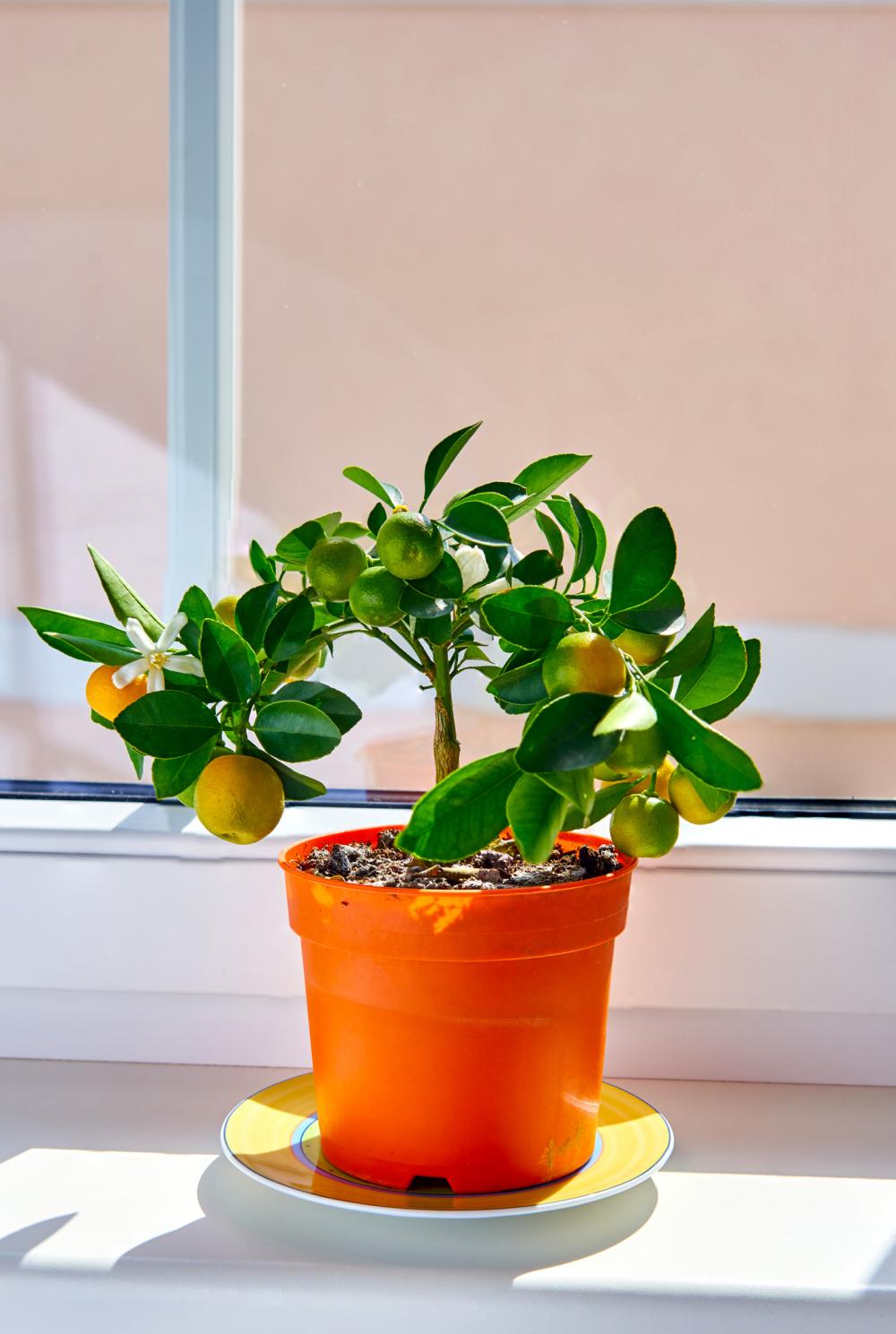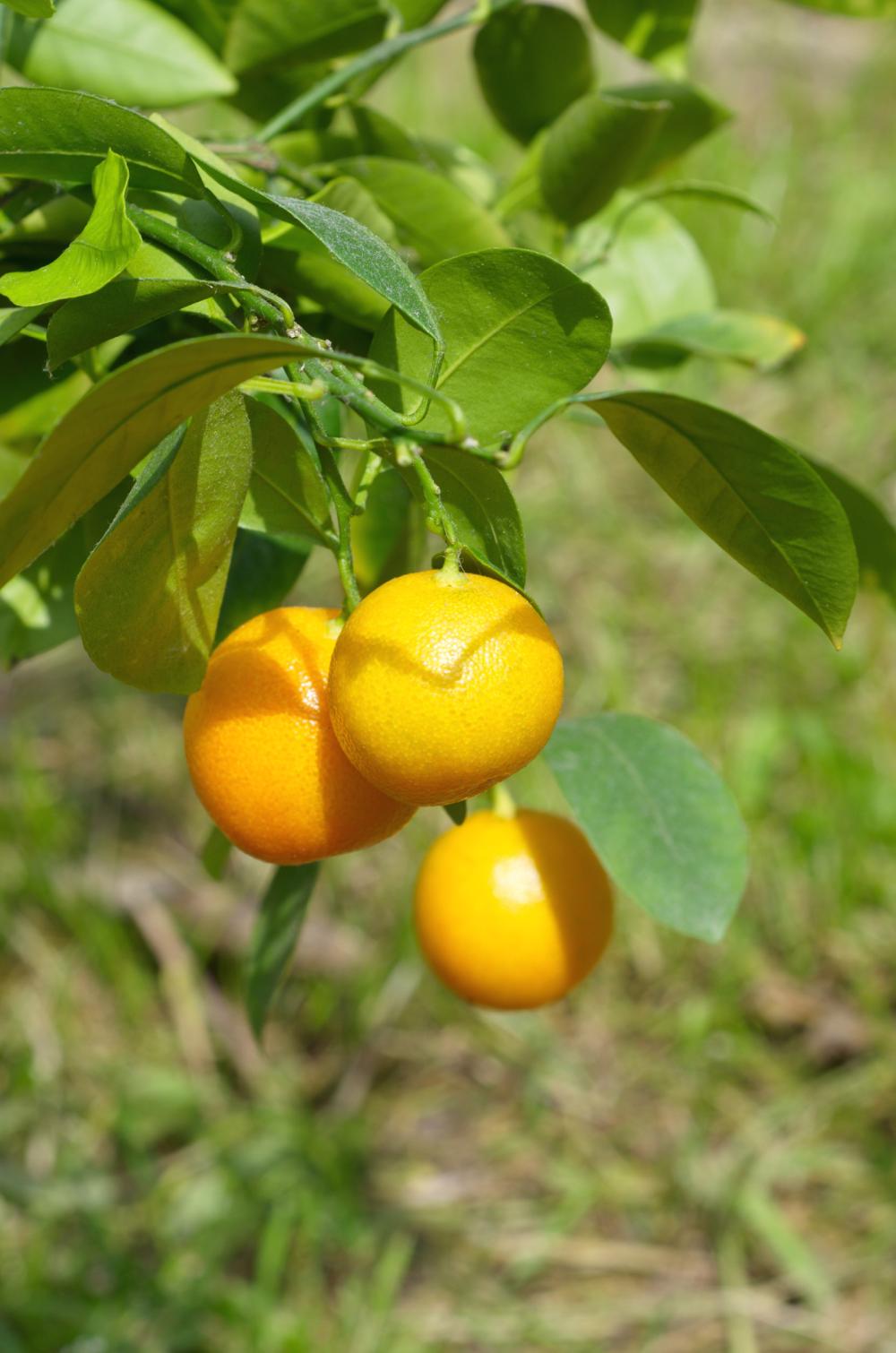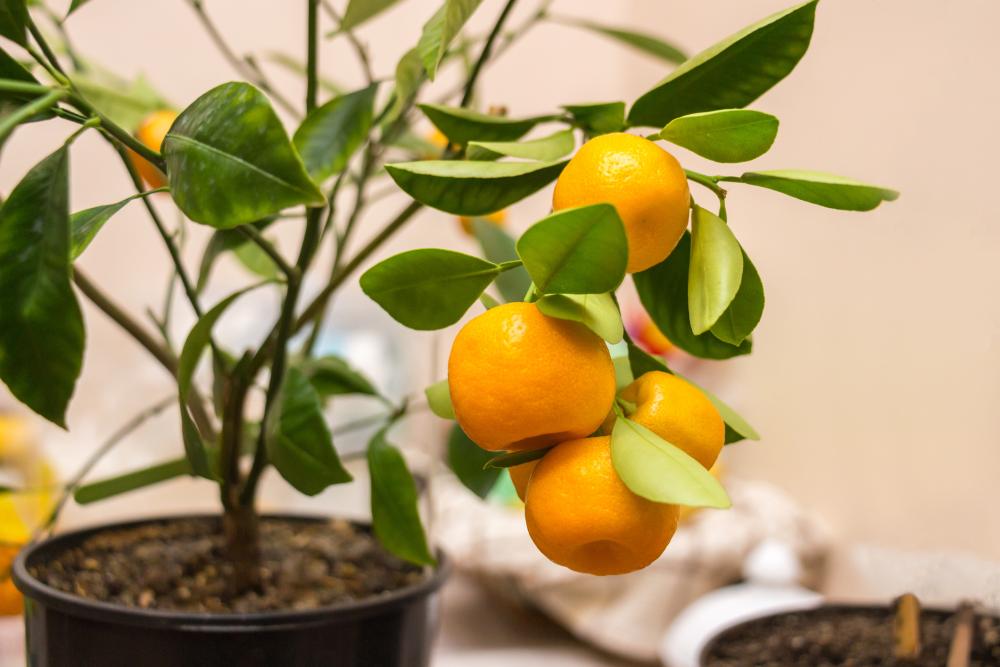Calamondin Tree Care: How To Grow And Harvest Calamansi
Few hybrids made a splash and quickly established themselves as an integral part of the cuisine the way calamondin did. Although sour by nature, that didn’t stop this citrus from tickling the taste buds of foodies and fans of the East Asian cuisines. So much so it is the main ingredient in many beverages, delicacies, and marinades from the Philippines to East China.
When the oranges, grapefruits, and tangerines in your garden look like they’re missing something and you want to rejuvenate your citrus garden, calamondin is the right exotic tree to plant. It grows just like any other citrus tree with just enough twists to make it interesting. Read on to find out how to grow, harvest, and use calamondin fruits.
All About Calamondin
A native of the Philippines and Southeast Asia, calamondin (Citrus × microcarpa) quickly became the condiment of choice to make different dishes and recipes that are popular in that part of the world. As a crossbreed between mandarin orange and kumquat, it is an extremely sour fruit that is hardly suitable for eating raw. It goes by many names including calamansi, Philippine lemon, and Philippine lime.
The small tree or shrub will only grow to a little less than 6 feet at full maturity. It has dense foliage of dark green leaves that give it a distinct edge from an ornamental perspective. And unlike other citrus trees, the leaves of the calamondin tree have small wings on either side of the base of the leaf. They give the leaf the appearance of a small butterfly on the wing.
The flowers of the tree are no less showy and appear in the fall. They can either be white or have purplish hues and although they’re small, the flowers put on a good show as they wait for pollinators. The fruits of the tree will grow to the size of an average lime. But they will turn orange when they’re ripe. You can start harvesting them from November all the way to March.
The flesh of the fruit is also orange and the juice is of the same color as well. And despite its small size, each fruit will have between 8 to 12 seeds. You’ll need to remove the seeds before you use the pulp or juice in your recipes.
Uses of Calamondin
With fruit this sour, you can rule out using it to make juice or smoothies to quench your thirst on a hot summer day. But it’s the same bitter taste and zest that makes your tongue split that gave calamondin its right place at the heart of southeast Asian cuisine today. Over the years, its uses spread from the kitchen to the medicine box where it became essential in many ointments and concoctions to treat various ailments. Here are some of those common uses.
- Whatever dish you’re preparing, you always want to have a dose of zest and flavors to make it tastier. Calamondin has sour pulp that is packed with flavors.
- The frozen pulp can be added as cubes to fruit juices and tea for extra taste.
- The peel is sweet unlike the pulp and its zest goes with many dishes including marinades and sauces.
- The juice of the fruit goes well with vodka and sugar.
- When added to marinades, the juice of this citrus gives fish, pork, and poultry a pungent but appealing flavor. It’s the main ingredient in Asian recipes from that region.
- The ripe fruit was popular in Florida and delicious cakes were made of pulp and peel zest.
How to Grow Calamondin
Although calamondin is a hybrid and common wisdom goes against planting cultivars from seeds, we’ll have to use seeds this time. For one thing, the hybrid has been around for centuries now and many of its genetic features have been established already. So there’s little chance that the new tree will look different from its parent. Here’s how to start this citrus tree in your garden from seeds.
- As tropical citrus, the tree can only grow in the garden in zones 9 to 11. Otherwise, you can plant it in a container and move it inside when the temperature drops.
- Pick a ripe calamansi fruit and cut it in half. Dig out the smaller seeds from the pulp with your fingers. Don’t use the large seeds since they have a low germination rate.
- Wash the pulp off the seeds and keep them in a jar full of lukewarm water.
- Choose a sunny spot that gets up to 8 hours of sun in the fall and winter.
- Prepare the soil in the garden and turn up the top 12 inches. Mix in organic materials and perlite to improve drainage and make the soil loose. Leave the soil under the sun for a week.
- Dig a deep hole about 4 inches deep and drop one seed in the hole. Fill back with soil and firm it.
- Do the same for the other seeds. Space them out one foot apart. You can remove the unneeded saplings later.
- Water the patch to get the soil moist but not wet. Keep it moist until the seeds germinate.
- It might take from 2 to 4 weeks for the seeds to finally germinate.
- Keep watering the seedlings as they emerge out of the soil and check their progress.
- Thin out the saplings leaving only one healthy and strong plant.
- If you want to grow more than one tree, transplant the other healthy saplings and keep them 10 feet apart.
Calamondin Care
One thing to be said about trees in general, they don’t need much care. Once established the tree can find the moisture and nutrients it needs in the deep recesses of the soil. But the calamondin is just a small tree with a relatively shallow root system. So it will rely on you for its watering and feeding. You’ll also need to groom the tree regularly with some heavy pruning to keep it in shape. More so if you’re growing it in a container.
Soil
Whether you grow the calamondin shrub in a container or in the garden, the soil needs to be amended. Regular soil, even loamy soil, doesn’t work with this cultivar. So to give it a head start, dig a hole one foot deep by one foot wide and fill it up with a potting mix. Add organic compost and perlite at a 2:1:1 ratio in favor of the potting mix. Mix it well and let it rest under the sun for a few days before planting the citrus. The soil pH should be slightly acidic although you can get away with neutral pH levels as well. As long as you get a reading between 6.0 and 7.0, your soil is fine.
Light and Temperature
If you have an orange tree in your garden, then you won’t have trouble providing the required light and temperature for your calamondin tree. It prefers bright light, full sun, and warm temperatures. In other words, the more tropical-like your microclimate the better for this citrus. As long as your daytime temperature doesn’t drop below 70 degrees F and doesn’t exceed 90 degrees F all year round, you won’t have trouble.
If you’re growing it as a potted plant, keep it near a window facing the west or south. Rotate the pot a quarter turn every week during the growing season to prevent the canopy from getting a lopsided appearance.
Water
Although the tree will get almost all of its moisture needs from the top few inches of the soil, it doesn’t like overwatering. You don’t have to keep the soil moist all the time either since this citrus has high drought tolerance. And to encourage deep root growth, water the soil deeply but allow it time between irrigations. When the top one inch of the soil dries out, your tree needs watering. Cut back on watering when the weather cools down. The water quote varies depending on your microclimate. If the summer is hot and dry, then water the tree twice a week.
Fertilizer
The calamondin is a heavy feeder. It needs a full-strength citrus fertilizer throughout the growing season. Just make sure the fertilizer is soluble and apply it once a month. You can also side dress with organic compost and aged manure. If the tree is growing in a container, then the citrus fertilizer is enough. Water the tree immediately after each application to avoid root burn. If the tree is slow to bloom, hold off watering and feeding until the leaves droop and wilt. Then apply the soluble fertilizer and follow it with deep watering. The flower buds will appear soon after.
Pruning
As a small tree, there’s a lot that could go wrong with the calamondin’s canopy. If the sun hits only one side of the tree, that side will grow lush and dense and the tree becomes lopsided. This is more of a risk with potted plants where the tree might topple over. So to encourage more uniform foliage growth, you’ll need to take your trusty pruning shears to the tree after harvesting. Focus on clearing paths for the sun and wind into the interior of the canopy. Cut off one of two intersecting branches and remove any dead, damaged, or diseased branches regularly. Pruning also allows you to change the shape of the tree. It could have a tall trunk or a bushy canopy based on the way you prune it. If you want to give a bushy look, pinch off the top of the leader branch and encourage lateral growth. For a taller and slimmer canopy, trim off the lateral branches.
Pests and Diseases
Out of the many pests that attack the calamondin tree, citrus bark borers, scales, and aphids are the ones to watch out for. Aphids usually attract ants, so if you see a trail of ants scurrying up and down the branches you’ll know you have an aphid infestation. You should spray the tree with neem oil if you notice any pest activity on the tree. Good air circulation and bright sunlight are important factors to keep fungal infections at bay. That’s another reason you should prune your citrus tree regularly.
Harvesting Calamondin
Your calamondin tree will start producing fruits within the first two to three years of its life. Harvesting the lime-size fruits starts from the time they’re green until they’re fully ripe. The harvest time starts in November and lasts until March of the next year. To cut the fruit, hold it with one hand and cut off the stem with sterilized scissors.
The fruits store at room temperature for months without losing their flavor or sour taste. However, if you want to increase their shelf life, cut the fruit with an inch of stem attached to it. The stem will keep feeding the fruit and prevent it from wilting too soon.


